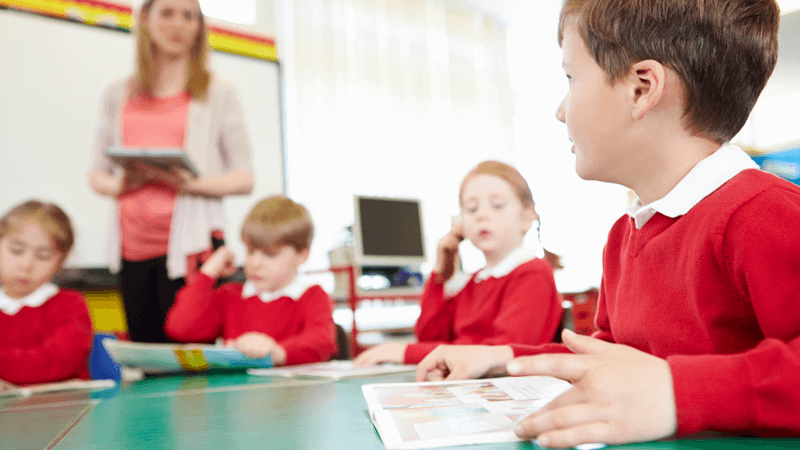New guidance encourages primary school teachers to tell children that “all genders” can have periods.
The guidance has been approved by Brighton and Hove City Council which, in a 2016 survey, gave school children 25 ‘gender options’ to choose from.
Critics have said this latest move is “deliberately misleading children”.
‘Confused’
The schools’ guidance states: “Trans boys and men and non-binary people may have periods” and “menstruation must be inclusive of all genders”.
It asserts: “language and learning about periods is inclusive of all genders”, before suggesting teachers use the phrase, “girls and women and others who have periods”.
Sanitary-product bins must also be provided in male as well as female toilets.
MP David Davies described the new guidance as “insanity” that would leave children feeling “completely confused”.
‘Indoctrination’
Mum and journalist, Celia Walden, in an article for The Telegraph, complained that children are “being encouraged to question everything, from their very essence to their physical shape and, now, even the workings of their bodies”.
Stephanie Davies-Arai, from campaign group Transgender Trend said it was “deliberately misleading children about biological facts.
“The wider agenda here is the indoctrination of children into the belief that personal identity overrides biology”.
Transgender ideology
The UK Government is proposing to amend the law to make it much easier for people to change their legal sex.
This week, homosexual news outlet Pink News criticised officials for meeting with groups representing concerned women.
It was recently reported that The Big Lottery Fund plans to grant £500,000 to trans activist group Mermaids, who work with schools to promote transgender ideology.
Gender confusion
In 2016, Brighton and Hove City Council also issued school children with a survey to help reveal ‘what gender means to young people’.
The children were given 25 options to choose from, including “tri-gender”, “demi-boy” and “genderqueer”.

